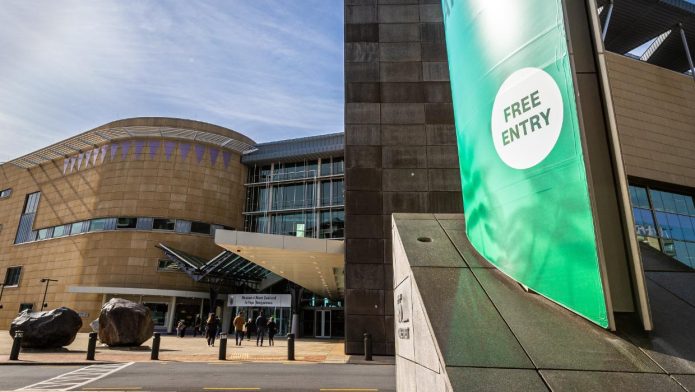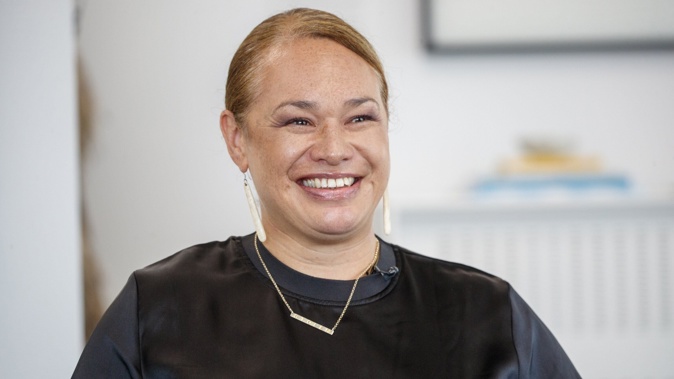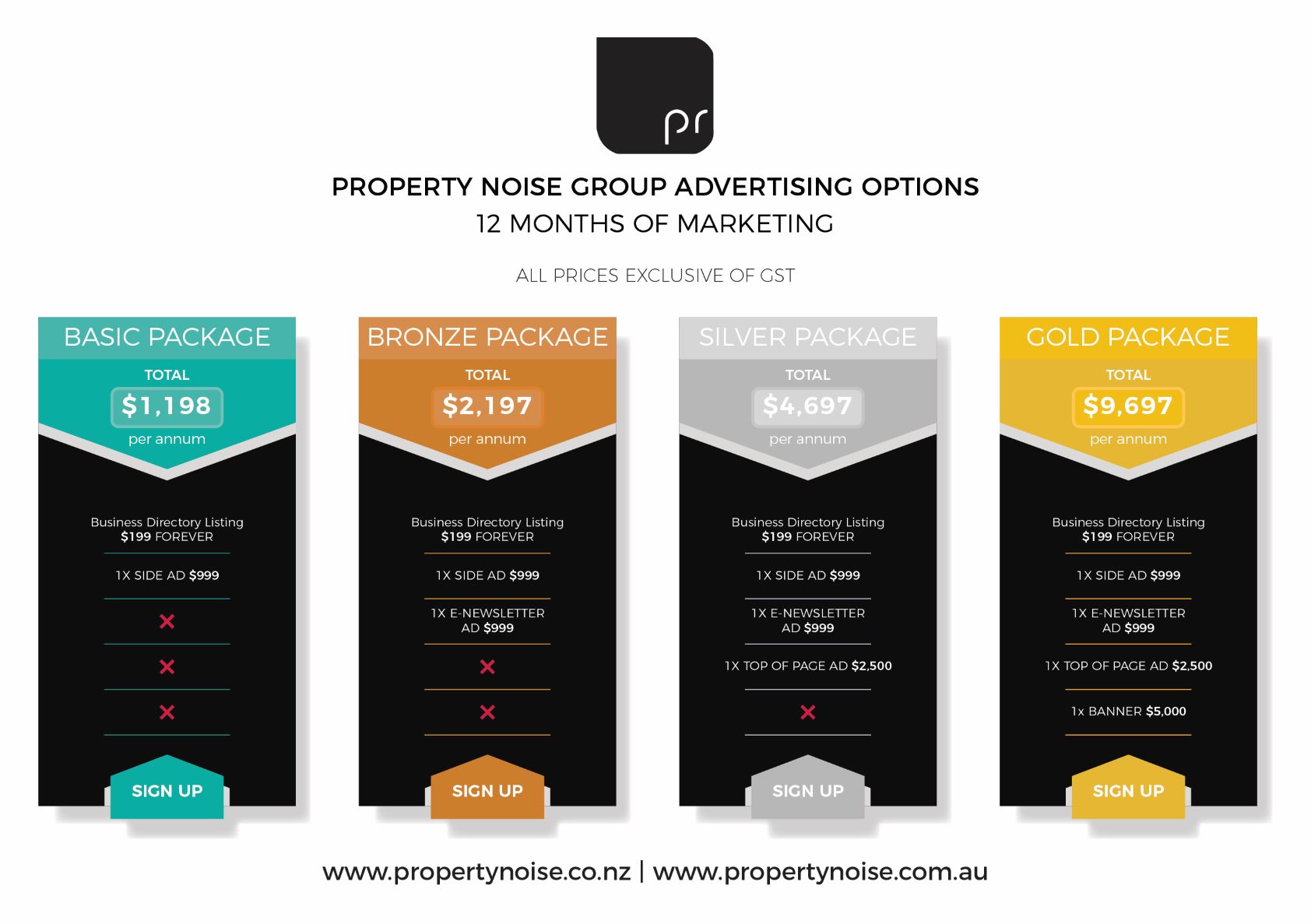PHOTO: QV House Price Index
For the third consecutive month, the QV House Price Index has shown a reduction in three-monthly value growth from the previous month.
The average value increased 4.3% nationally over the past three-month period to the end of July, down from the 6.6% quarterly growth we saw in June, with the national average value now sitting at $952,078. This represents an increase of 26.4% year-on-year, up slightly from 25.6% last month.
In the Auckland region, the average value now sits at $1,352,677, up 3.5% over the last three-month period, with annual growth of 23.7%, up a fraction from June’s year-on-year growth of 23.4%.
QV general manager David Nagel said: “Three-monthly value growth has more than halved since April when it was rocketing along at 8.9%. After three consecutive reductions, the market is clearly cooling now as a result of government and Reserve Bank policy initiatives aimed at dampening the enthusiasm of investors. With looming interest rate rises, we’ll likely see a continuation of this trend.”
All of the 16 major urban centres QV monitors have shown a reduction in three-monthly growth compared to last month. The strongest value gains over the past three months have come from Palmerston North at 6.7% growth in value, down from 8.5% last month, closely followed by Christchurch at 6.3% growth, down from 8.3% three monthly growth we reported last month.
None of the major urban areas QV monitors have seen a decline in average value, but Marlborough has all but flattened out at 0.2% growth, compared to 4.4% three monthly growth last month.
Central New Zealand continues to show the strongest annual rate of value growth, with the three fastest growing regions all in the lower North Island. Values in the Manawatu-Whanganui region have grown 38.1% in the past year, while the greater Wellington and Hawke’s Bay regions have experienced annual growth of 34.3% and 31.8% respectively. The three lowest annual growth rates are all in the South Island with the Southland region experiencing a still-significant 19.4% increase, with Otago showing 21.6% and Tasman at 22.9% annual growth.
“The fundamentals of the property market are still strong, so we’re unlikely to see a wholesale reduction of values anytime soon, but we may begin to see quarterly value growth taper off in some localities altogether, and even some small reductions as we come to the end of the current growth cycle. But while interest rates are still low and listings remain in short supply, it’s more likely we’ll likely see a continued slowing in the rate of price increases over the coming months as the property market continues to absorb the recent changes,” Mr Nagel said.

Auckland
House price growth has slowed across the Auckland region for the third month running, easing to just 0.4% in July − half last month’s rate of growth and a sizeable drop from the 3% and 2.3% growth recorded back in April and May respectively.
The only exception was Franklin, where house prices increased by 3% last month to a new average of $896,735. Otherwise prices were largely static across Rodney (1%), Waitakere (0.7%), Auckland city (0.2%), Manukau (0%), and Papakura (0.4%), with the North Shore’s average house price even recording a minor decline (-0.3%) for the first time since July last year.
Though house price growth has slowed considerably this winter from earlier highs, the average house price in the Auckland region ($1,352,677) is still well up on the same time last year (23.7%), with Papakura (26.7%), Franklin (26.2%), Rodney (25.7%) and Waitakere (25.4%) leading the way.
Local QV senior consultant Rupert Yortt commented: “The rate of value growth has once again slowed throughout the region in the last month, with the exception of the Franklin area, which saw a sizeable jump of 3%. All other areas saw almost no value change and there was a minute dip on the North Shore. This would tell us that the market is beginning to level off slightly and follows a trend over the past few months.”
“The Auckland QV consultancy team are noticing that reduced supply levels are continuing to keep the market in a strong position − although it is certainly not as frenzied as it was in early 2021,” he added. “Prices being achieved for redevelopment sites are varying with some properties appearing to go for well above expectations.”
Northland
Whangarei’s average house price growth rate dropped by almost half this quarter − from 7% to 3.6%.
The average property price in New Zealand’s northernmost city was $743,354 at the end of July, which is just half a percentage point higher than the end of June, and less than 1% higher than at the end of May. Annually, however, house prices are 26.5% higher than the same time last year.
Further north, house prices in the Far North District have increased by an average 6.9% − down from the 9.1% we reported last month − in three months to $650,610. In Kaipara, the quarterly rate of average house price growth dropped from 9% in June to 7.1% in July.
Tauranga
Property prices cooled off significantly in Tauranga last month, dropping from 2.1% growth in June to just 0.3% in July. Over the same period, the city’s three-month rolling average also dropped from 8.3% to 5.4%.
QV property consultant Derek Turnwald commented: “There has been a noticeable decline in attendees at both open homes and auctions during July, which could be partly due to the cooler weather, but there is also a strong sense that the market is cooling now.”
“Agents report a decline in investor interest, but not a significant increase in investors selling properties. Interest from first-home buyers has also declined as future interest rate rises and more stringent lending criteria make it more difficult for this group to gain finance to enable purchase.”
He said properties with deferred maintenance, unconsented work or potential weather tightness issues were becoming more difficult to sell.
Waikato
The property market remains stubbornly hot in the Waikato region, with prices up across the region by an average of 2.5% for the month of July. That figure is 0.4% higher than the same time last month.
Local QV property consultant Tom Schicker commented: “New residential developments in nearby rural service towns such as Ngaruawahia, Te Awamutu, Cambridge, Matamata and Morrinsville, continue to drive demand and value level in these areas with developers also looking at larger quarter acre sections with the ability to subdivide in these towns also.”
Meanwhile, in Hamilton, the average house price increased by 1.7% in July (up from 1.2% in June) to $834,305. The city’s North East experienced the strongest gains at 2.1%, followed by the South East and North West, both of which recorded 1.7%.
Rotorua
The market appears to be cooling more rapidly in Rotorua, where residential property prices have increased by 3.1% in Rotorua during the three months to the end of July − less than half as much as the three months prior (7.6%).
QV property consultant Derek Turnwald said there were notably less local residential property listings than usual for this time of year, with a notable drop-off in prospective buyers attending auctions and open homes.
“Investor interest in new purchases remains low in reaction to LVR changes, Brightline test extension and tax deductibility law changes. However, there hasn’t been a noticeable increase in investors selling properties yet,” he said.
“First-home buyer interest has dropped off a little too, likely in response to the Reserve Bank’s announcement that in 2022 the OCR is likely to increase in response to inflationary pressure and also more stringent bank debt servicing requirements.”
Taranaki
House price growth has slowed across the Taranaki region, where the three-month rolling average has dropped from 6.3% in June to 4.6% in July.
The housing market has been hottest this quarter in South Taranaki, where the average house price has increased by 5.3%. In New Plymouth, prices have increased by 4.5% this quarter (down from the 6.9% growth we reported last month), while prices in Stratford have grown by 5.1% over the same period.
READ MORE VIA QV












